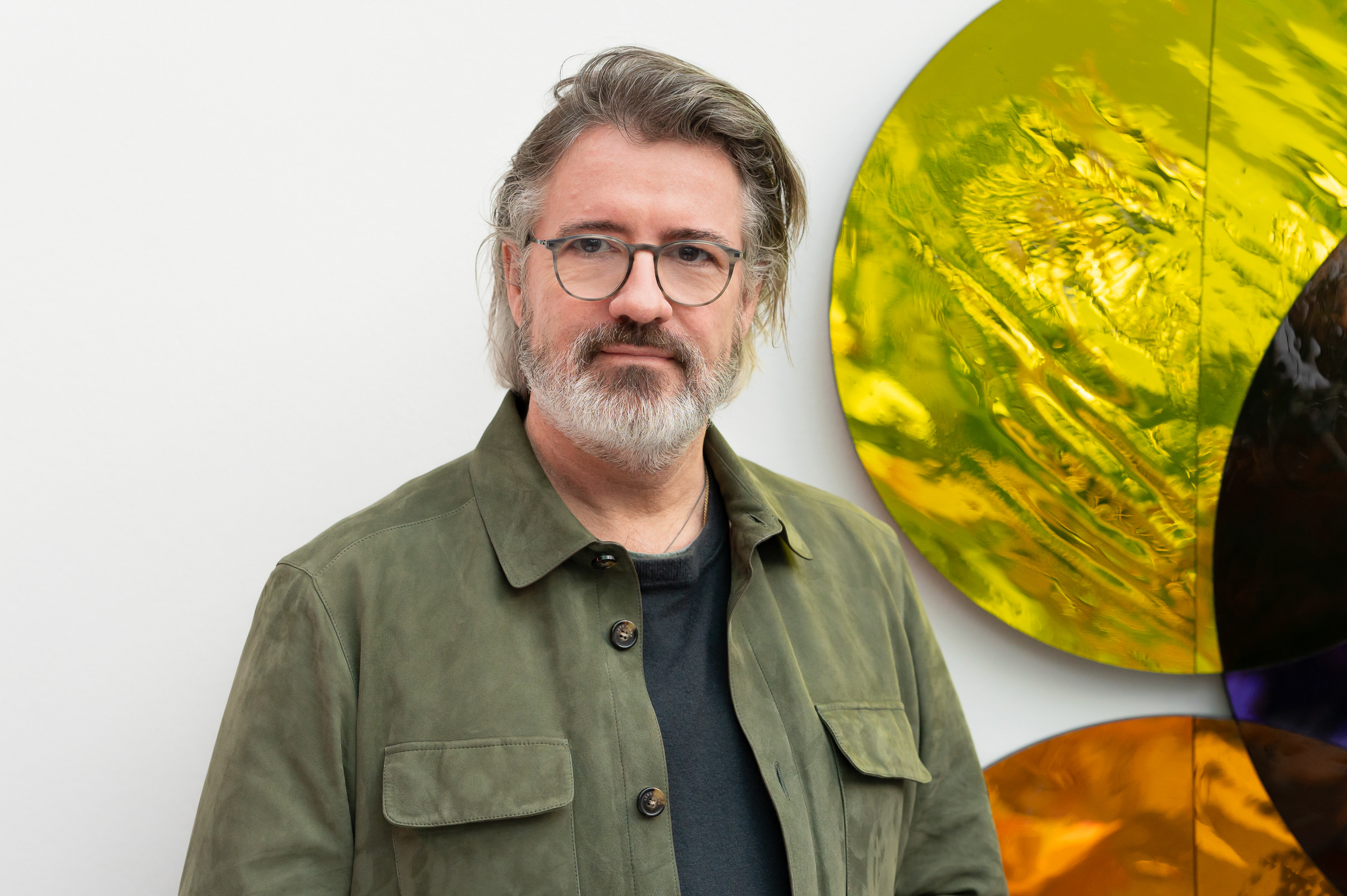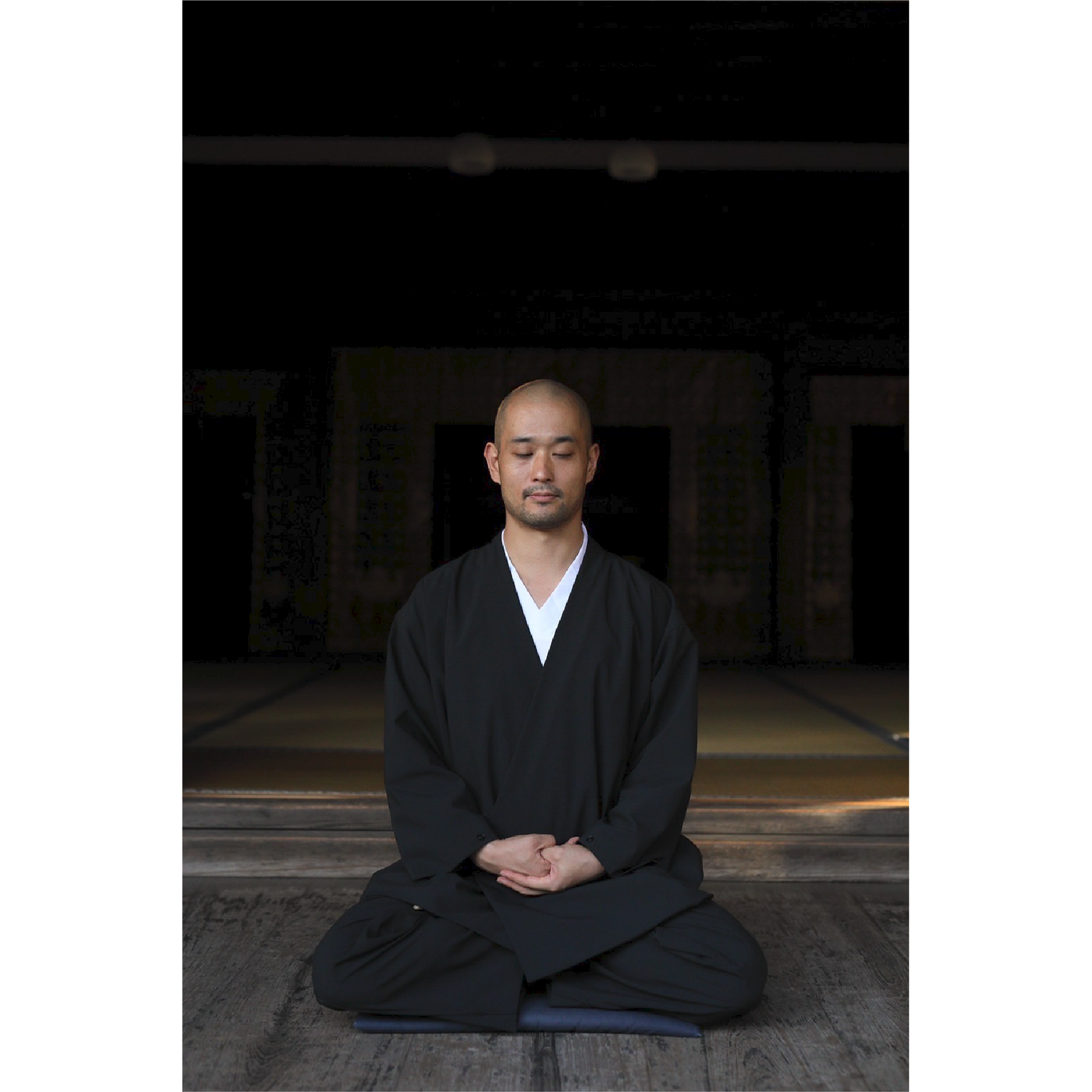noon−1:30pm
Kyoto Dialogue
- Speakers: Olafur Eliasson and Ito Toryo
Since the modern era, the acceleration of scientific and technological innovation, alongside globalization, has transformed the pace at which global affairs progress. While this acceleration has brought new forms of abundance, it has also led to the loss of certain values and ways of living. In this talk, we will invite artist Olafur Eliasson, whose work offers insights into light, space, time, and the human experience of such phenomena, and Ito Toryo, deputy head priest of Ryosoku-in, a sub-temple of Kyoto’s oldest Zen temple, Kennin-ji, to consider means to navigate modern society and weave a better future while exploring ideas about time and the ways in which it is shaped by—or cultivates—the mind.
Speakers:
Olafur Eliasson (Artist)
Ito Toryo (Vice-Abbot, Ryosoku-in Temple, Kennin-ji, Kyoto)
Speaker’s Profiles
- Olafur Eliasson
-
The works of Icelandic-Danish artist Olafur Eliasson (born 1967) explore the relevance of art in the world at large. Since 1997, his wide-ranging solo shows – featuring installations, paintings, sculptures, photography, and film – have appeared in major museums around the globe. In 2003, he represented Denmark at the 50th Venice Biennale, and later that year he installed The weather project at Tate Modern’s Turbine Hall, London. Eliasson’s projects in public space include The New York City Waterfalls, 2008; Fjordenhus, Vejle, 2018; and Ice Watch, 2014. The permanent artwork Gesellschaftsspiegel was unveiled in the Alter Wall in Hamburg in 2020. In 2014, Eliasson and Sebastian Behmann founded Studio Other Spaces, an office for art and architecture. In 2019, Eliasson was named UNDP Goodwill Ambassador for climate action.
Located in Berlin, Studio Olafur Eliasson consists of specialised technicians, architects, artists, art historians, cooks, and administrators. The team works with Eliasson to experiment, develop, and install artworks, projects, and exhibitions as well as to communicate and contextualise his work.
Website: https://olafureliasson.net/

Photo: Louise Yeowart, 2024
- Ito Toryo
-
Born and raised at Ryosokuin in Kyoto’s Gion district, he was ordained under the guidance of his grandfather, the temple’s 22nd abbot. After undergoing training at the Kenninji sect’s specialized monastic dojo, he became vice-abbot in 2007, assisting his father, the temple’s 23rd abbot. He has guided over 200,000 people in Zazen both in Japan and abroad, and has introduced new approaches to temple visits at Ryosokuin—most notably through contemporary art exhibitions—bridging the temple’s 600-year history with the present day. His international activities include conducting Zen seminars at the Meta headquarters (formerly Facebook) in America, and he has actively taught Zen in various countries across Asia and Europe. In 2023, he was selected for Forbes Japan’s “Next100” and Newsweek’s “100 Most Respected Japanese People in the World.”
Website: https://toryoito.com/

-
—————————
Live Stream URL
https://www.youtube.com/watch?v=fidR1TU2A-A -
